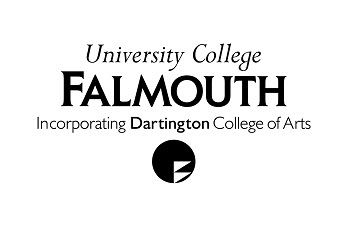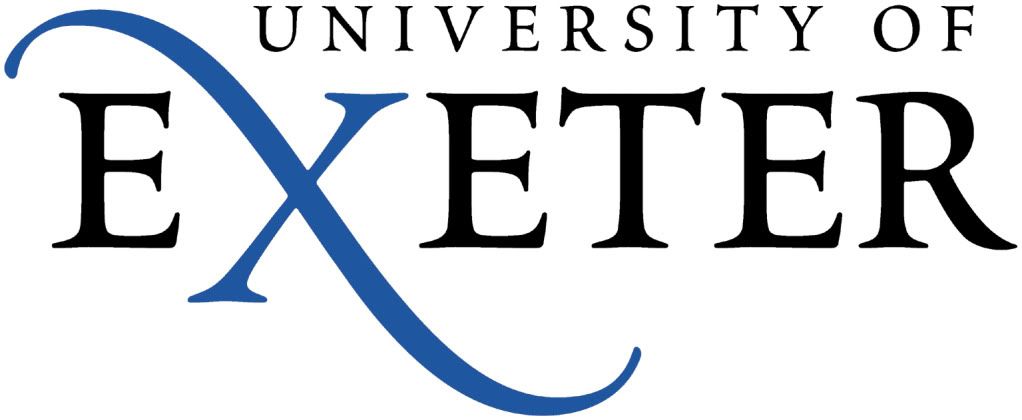For my fourth day at the University of the Arts Berlin, Dr Schenk had a rranged for me to visit the Archive at The Federal Foundation for the Reappraisal of the SED Dictatorship.
The SED (the Socialist Unity Party of Germany) governed the German Democratic Republic (GDR) from 1946 to 1989. The Foundation, established by the German Parliament in 1989, deals with the repercussions of the SED's politics on Germany as a whole since reunification in 1990. They support research into the Soviet zone of occupation in East Germany, the GDR, and East Central Europe and aim to raise public awareness of such dictatorship. The Foundation promotes the special recognition the peaceful revolutions of 1989 deserve in the efforts to overcome Germany and Europe's postwar divisions. Key elements of the Foundation's work are encouragement and support.
The Archive of the Foundation was established in 2000 and documents the oposition and resistance and the political persecution and opression in the GDR. Among the collections is the Archive of Supressed Literature of the GDR. The literature of the GDR is far more diverse than one might think from the published material, which was highly censored and subject to political restrictions. The purpose of the Archive is to give a more informed view of the literary culture of the GDR and poses as a counter to the official literature of East Germany. A particularly moving peice I saw in this collectin was the notebook of a political prisoner, Edeltraud Eckert. Eckert was imprisoned in 1950 aged just 20 and sentenced to 25 years of forced labour after she became involved in an anti-Communist group. She was allowed this notebook and used it to write poems. Sadly, she suffered a serious accident while she was working as a mechanic in 1955 and died just three months later at the age of 25. A book of Eckert's poems and letters, A Year Without Spring, has been published by the Archive using this material and is part of the Silent Library series in which 20 books are to be published.
Another large collection is the archive of artist Roger Loewig. He was arrested in 1963 by the Stasi after putting on a private exhibition of his work which, from the regime's point of view, was of the wrong subject matter, being critical of the state of affairs in the GDR, and was charged with anti-state activity. He was held for a year without trial before West Germany paid for his release and was then sentenced to two years probabtion for agitation and propaganda endangering the state. All his paintings, essays and poems were confiscated. Eventually he resettled in West Germany in the 1970s and continued to paint and held exhibitions almost every year until the reunification. He was the first German artist to be exhibited at the National Museum at Auschwitz. Many of his paintings line the walls of the Foundation, while many more are kept in the archive store.
The Archive contains an Amnesty International Archive which includes letters from anti-Communist individuals and parties, the bulk of which come from North America and Western Europe, dating between 1975 and 1985. These letters were sent to the Minister of the Interior of the GDR, the State Council, the directors of prisons, and many political prisoners. Amnesty International frequently accused the GDR authorities of violating the Universal Declaration of Human Rights and campaigned for the release of political prisoners.
On a more light-hearted note, an item I particularly enjoyed in the Archive was this poster, which was part of a campaign to save the East German Traffic-light Men:
Prior to the reunification of Germany in 1990, the two German states had different forms of Ampelmännchen (traffic-light men) - those in West Germany being rather similar to ours in Britain, and those in the East in the form of a man in a hat. The Ampelmännchen became popular in East Germany when they were introduced in the 1970s and are one of the very few features of communist East Germany to have survived with their popularity unscathed. After the reunification there were attempts to standardise all traffic signs to the West German forms, leading to calls to save the East German Ampelmännchen. The protests were successful and they were returned to pedestrian crossings, including those in the western districts of Berlin.
The Ampelmännchen became a mascot of the East German nostalgia movement, Ostalgie, which became popular about a decade ago. The movement was not without its controversies and there were some pro-GDR artefacts, like T shirts, in the Archive. I asked the Archivist if these were serious or supposed to be taken as a joke, to which he replied that they were "a very bad joke". It does seem inappropriate to be sentimental about life in a regime were people were killed for trying to escape and persecuted for disagreeing with the ideology. But for the most part Ostalgie is a nostalgia for the things people grew up with, like the traffic-light men, rather than wanting to re-establish the GDR.
 |
| The Federal Foundation for the Reappraisal of the SED Dictatorship, Berlin © Mary Allen |
The Archive of the Foundation was established in 2000 and documents the oposition and resistance and the political persecution and opression in the GDR. Among the collections is the Archive of Supressed Literature of the GDR. The literature of the GDR is far more diverse than one might think from the published material, which was highly censored and subject to political restrictions. The purpose of the Archive is to give a more informed view of the literary culture of the GDR and poses as a counter to the official literature of East Germany. A particularly moving peice I saw in this collectin was the notebook of a political prisoner, Edeltraud Eckert. Eckert was imprisoned in 1950 aged just 20 and sentenced to 25 years of forced labour after she became involved in an anti-Communist group. She was allowed this notebook and used it to write poems. Sadly, she suffered a serious accident while she was working as a mechanic in 1955 and died just three months later at the age of 25. A book of Eckert's poems and letters, A Year Without Spring, has been published by the Archive using this material and is part of the Silent Library series in which 20 books are to be published.
 |
| Anti-Communist magazine Die Tarantel from the 1950s © Mary Allen |
The Archive contains an Amnesty International Archive which includes letters from anti-Communist individuals and parties, the bulk of which come from North America and Western Europe, dating between 1975 and 1985. These letters were sent to the Minister of the Interior of the GDR, the State Council, the directors of prisons, and many political prisoners. Amnesty International frequently accused the GDR authorities of violating the Universal Declaration of Human Rights and campaigned for the release of political prisoners.
 |
| Amnesty Internation Archive at The Federal Foundation for the Reappraisal of the SED Dictatorship Archive © Mary Allen |
 |
| 'Save the Traffic-light Men' poster © Mary Allen |
The Ampelmännchen became a mascot of the East German nostalgia movement, Ostalgie, which became popular about a decade ago. The movement was not without its controversies and there were some pro-GDR artefacts, like T shirts, in the Archive. I asked the Archivist if these were serious or supposed to be taken as a joke, to which he replied that they were "a very bad joke". It does seem inappropriate to be sentimental about life in a regime were people were killed for trying to escape and persecuted for disagreeing with the ideology. But for the most part Ostalgie is a nostalgia for the things people grew up with, like the traffic-light men, rather than wanting to re-establish the GDR.


No comments:
Post a Comment